Suyzeko 810nm Photobiomodulation Brain Helmet For Wellness
$3,200.00 Original price was: $3,200.00.$2,500.00Current price is: $2,500.00. USD
The cutting edge Suyzeko PBM helmet gives you red light photobiomodulation therapy with an impressive 288 810nm LEDs.
Enhance your cognition and memory with as little as 10 minutes a day!
What is Suyzeko Photobiomodulation Brain Helmet ?
The Suyzeko PBM helmet has been enhanced from its previous model, now featuring 288 pieces of 810nm Near Infrared LED lights, up from 256. These lights are evenly distributed throughout the helmet, delivering an irradiance of up to 24mW/cm2. The light energy penetrates the skull and reaches deep into brain tissue, promoting increased blood flow and oxygen supply, boosting ATP production, improving memory, and enhancing cognitive function. It comes with a smart touch screen controller that allows users to adjust the pulse frequency from 0 to 20,000Hz and set power levels at 25%, 50%, 75%, or 100%, with a working time ranging from 1 to 30 minutes. Suyzeko regularly updates its products based on market trends and customer needs. In addition to the standard models available on this website, we also offer customization options, such as a hybrid helmet with 810nm and 1070nm, and various preset programs. If you’re interested in creating a unique PBM helmet, please don’t hesitate to reach out to us.
What is the working principle for Suyzeko PBM helmet ?
Red/NIR light can stimulate mitochondrial respiratory chain complex IV (cytochrome c oxidase) and increase ATP (adenosintriphosphate) synthesis. In addition, light absorption by ion channels leads to the release of Ca2+ and to the activation of transcription factors and gene expression. iInfrared Light could improve the metabolic capacity of neurons and is able to stimulate anti-inflflammatory, anti-apoptotic and antioxidant responses as well as neurogenesis and synaptogenesis.
The main mechanism:
1.The 810 nm wavelength has the ability to extend through the skull to the brain, promoting brain wellness
2.810nm wavelength can help patients with severe depression and anxiety.
3.NIR light is absorbed by cytochrome C oxidase in mitochondria.
4.Increased blood flow, energy, neuroprotection and less inflammation.
Suyzeko PBM Helmet Product Specifications
| Name | Suyzeko Photobiomodulation Helmet |
| Model | GY-PDT1 |
| LED Wavelength | 810 nm |
| Led Quantity | 288pcs |
| Power(total helmet) | 15 W |
| Power(one LED) | 60 mW |
| Power | 24 mW/cm2 |
| Certificate | CE, FCC |
| OEM | Support |
| Color | White/Black |
| Option Time | 1-30 minutes |
Suyzeko PBM Helmet Product Feature
288pcs High Power 810nm LED Lights
Smart Touch Controller
Equipped with smart touch controller, we can adjust the power level 25%, 50%, 75%, 100% , pulse frequency from 0hz to 20,000Hz,and working time from 1 minute to 30 minutes.
When set 0 Hz,it is constant light output, it allows the user choose the constant light or pulse light to correspond to their different brain waves.
If you want to customize your own unique controller interface, please feel free to contact us.
Flexible Electric Circuit Board
This is a highly dependable and exceptionally flexible printed circuit board. It features high distribution density, lightweight, and thin design. By utilizing constant current technology and numerous infrared electronic components on the board, it guarantees stable current and wavelength output, ensuring effective light performance.
Durable Cloth Backpack
The whole set of the Suyzeko PBM helmet are packed into one durable cloth backpack. The Backpack are durable and high quality, we can carry it anywhere anytime.
Inserted Foam and Adjustable Straps
With soft foam inserted makes it very comfortable to wear; With the adjustable sponge straps, make it accommodate to different head sizes ranging from 52 to 62 cm, suitable for different users.
Usage Guildelines For Suyzeko PBM Helmet
1.For the starter, we recommend to start from shorter working time such as 5 minutes or 10 minutes, from lower level such as 25% or 50% , and then gradually increase the working time and power level, giving the user an adaption process.
2.We recommend to continue use 5 days and rest for 2 days, for example, start from Monday to Friday and rest on weekends.
3.Every people are different, if you experience any discomfort after using, please reduce the working time, decrease the power level and reduce the use frequency.
4. For enhanced effect, we recommend to combine with Hydrogen Water drinking and Hydrogen inhalation.
How to Use Suyzeko PBM Helmet
Step1: Take out the PBM helmet from carry bag, inserted the sponge pad or stick the sponge strap inside the inner circle of the helmet ;
Step 2: Connect the helmet and adapter to the controller by the cables
Step 3: Insert the plug into the wall power outlet
Step 4: Press the switch ON/OFF button
Step5: Select the suitable working time, pulse frequency and power level on the controller
Step 6: Put on the helmet on the head and sit on a comfortable chair, enjoy the PBM therapy
Q&A For Suyzeko PBM Helmet
1.How long to set the timer?
You can choose 1 to 30 minutes.
2.Are your infrared LEDs near infrared?
Our model is near infrared with 810nm.
3.Why do you use a mix of red LED and infrared LED? Why are they red?
We use 256pcs near infrared light for therapy. There are 4 pcs red led for instruction, to show you the device is working. Sometimes the near infrared is hardly to be seen from eyes, so the red light is just for instruction, not for therapy function.
4.Have you found that your machine is able to actually penetrate the brain?
Yes, we have got a lot of research to prove this therapy which 810nm light can penetrate the brain.
5.How deep have you seen your machines tested to penetrate through the brain?
The 810nm light can penetrate our skull and works on nerve cell, and there is Cytochrome C Oxidase inside the Mitochondria of the cell, to promote the cell viability.
6.What frequency?
Smart touch screen , the frequency is 1-20,000 Hz adjustable.
| Weight | 2.4 kg |
|---|---|
| Dimensions | 56 × 46 × 36 cm |
1 review for Suyzeko 810nm Photobiomodulation Brain Helmet For Wellness
Only logged in customers who have purchased this product may leave a review.


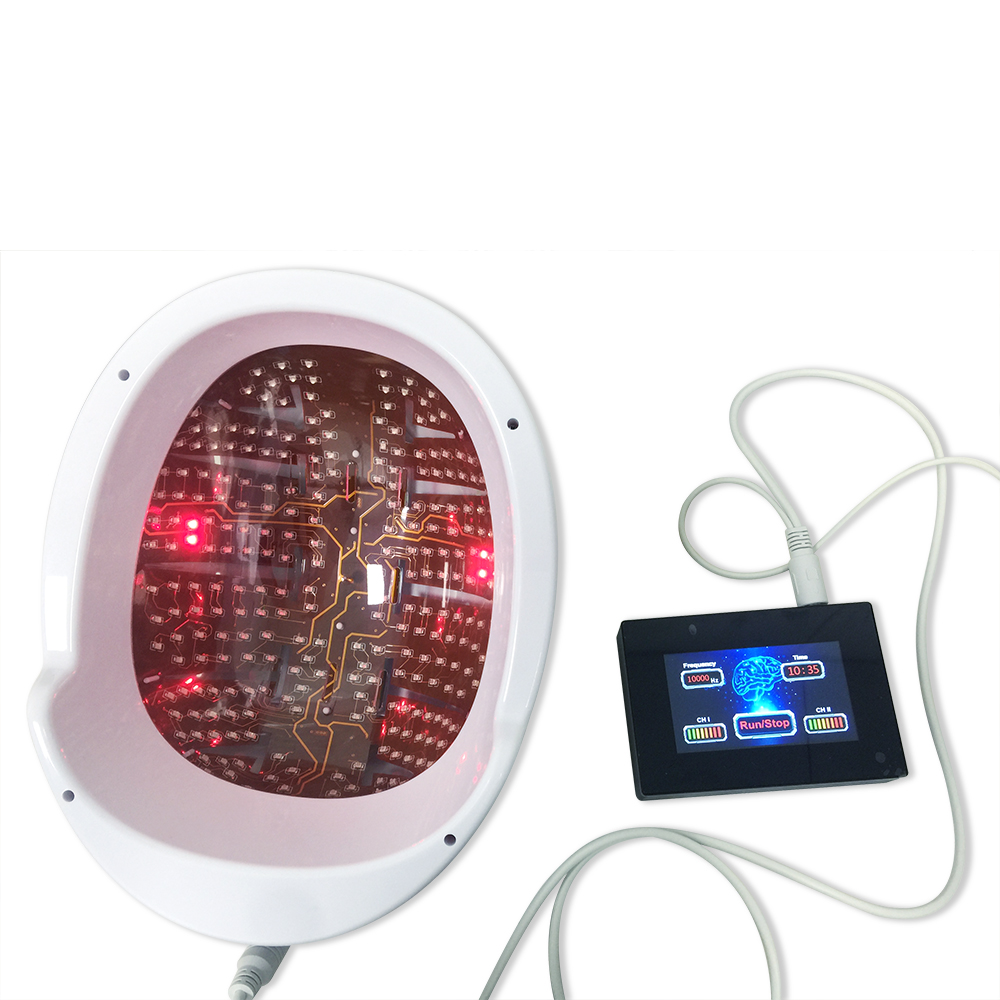

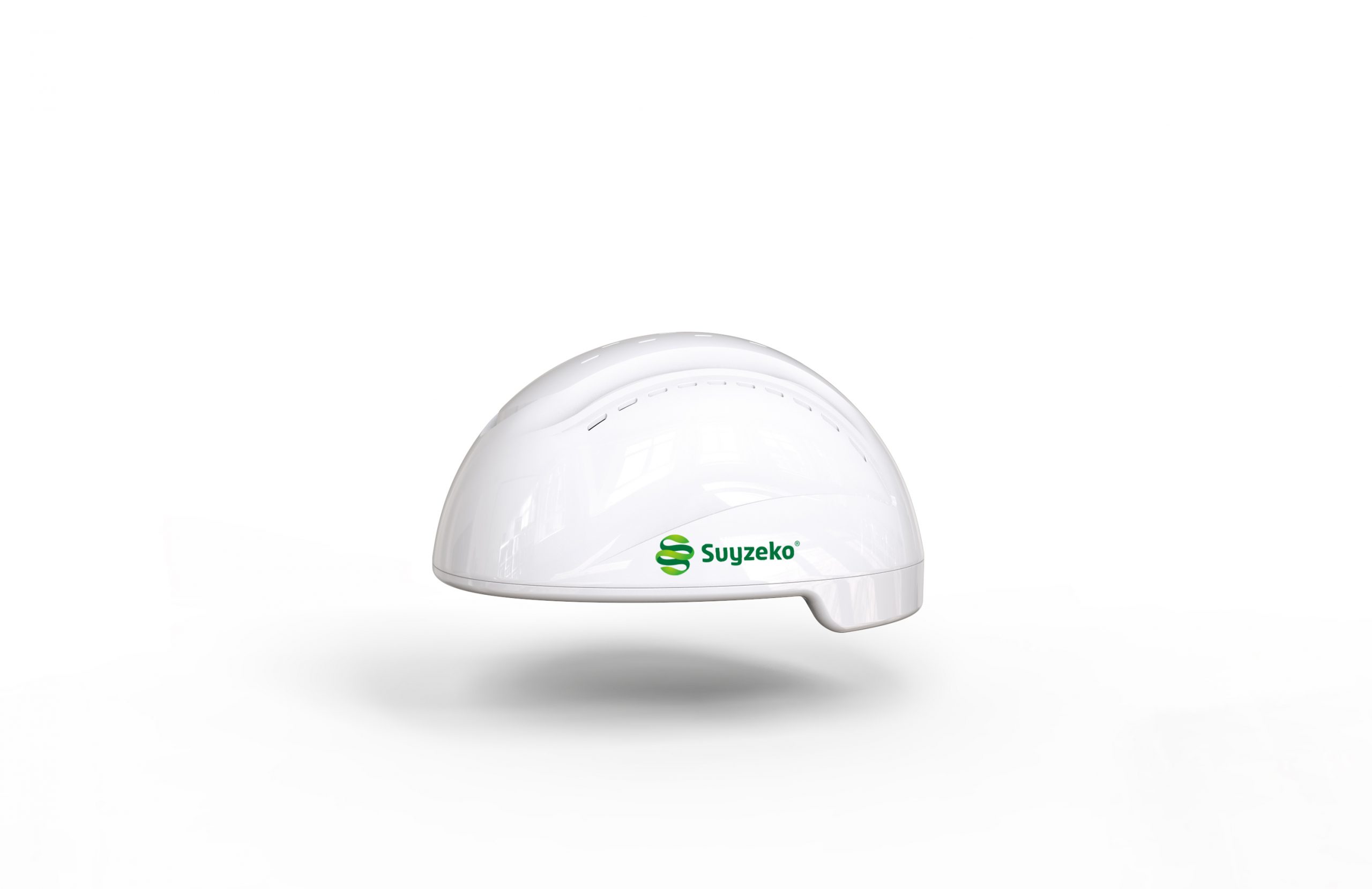
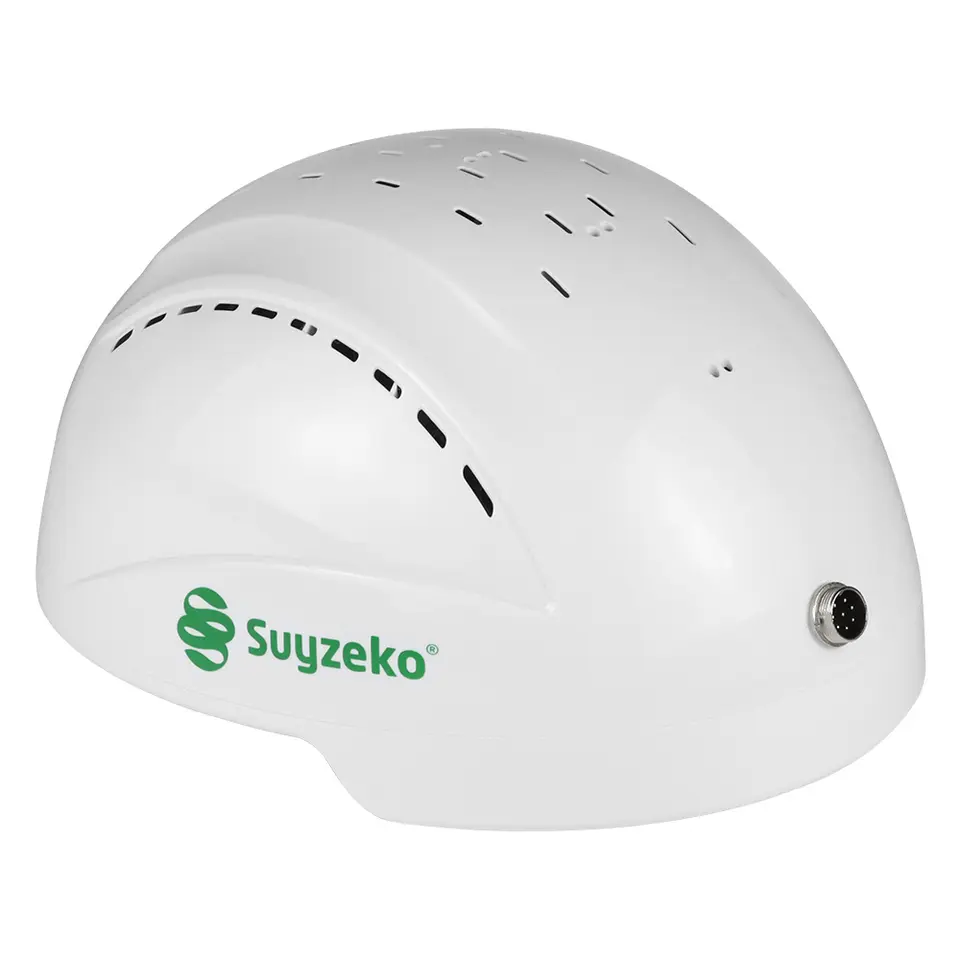
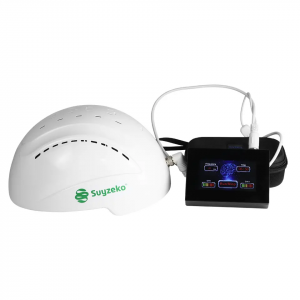
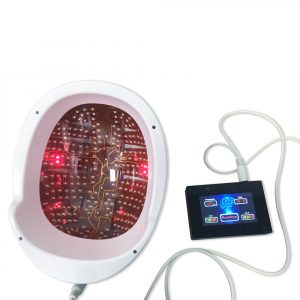
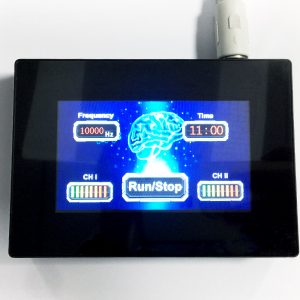
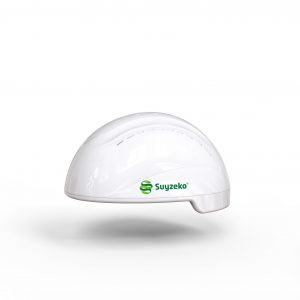
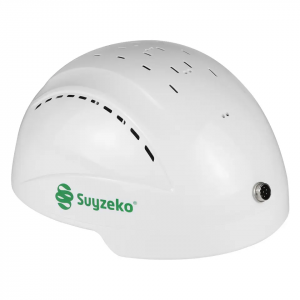
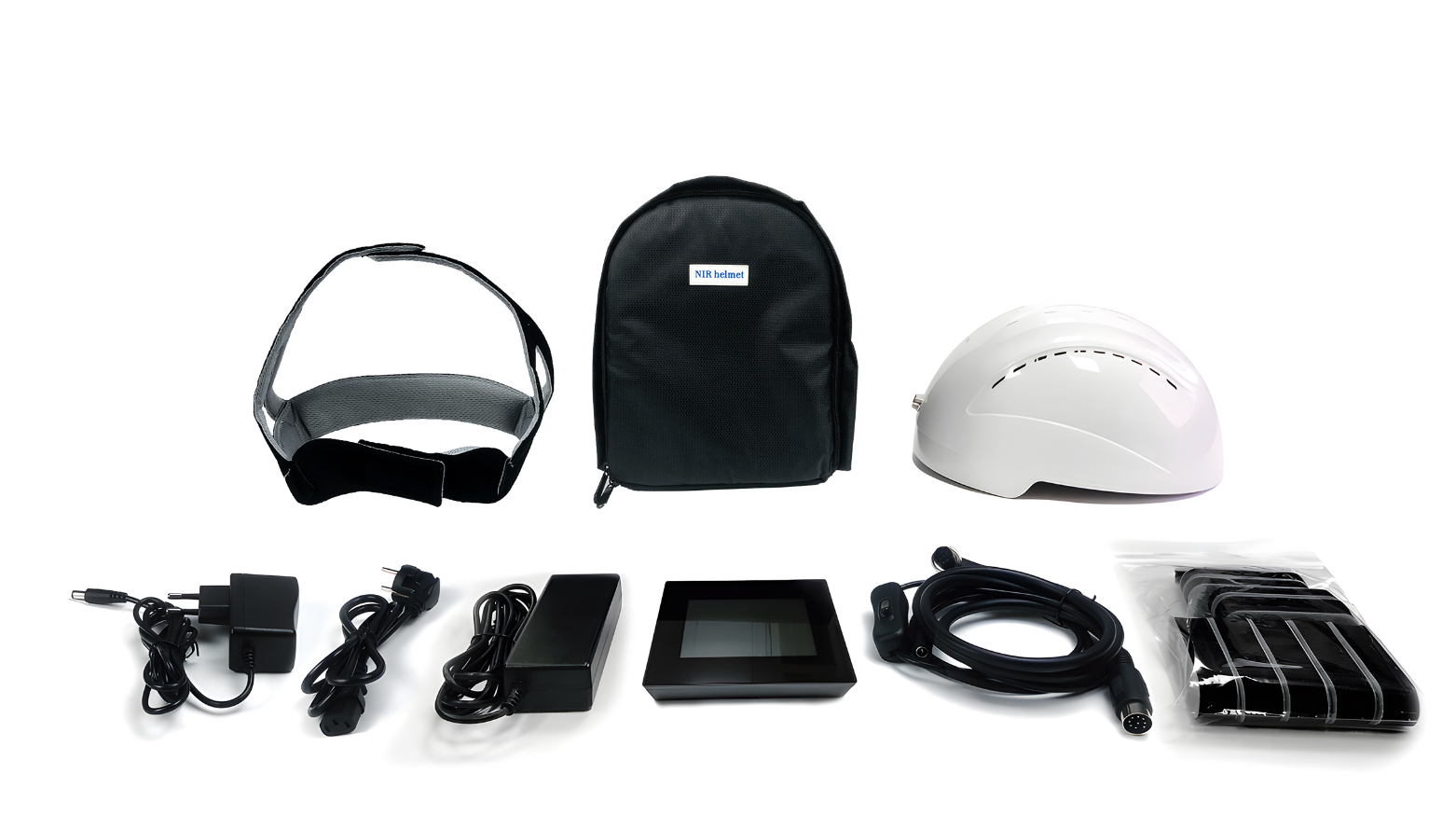
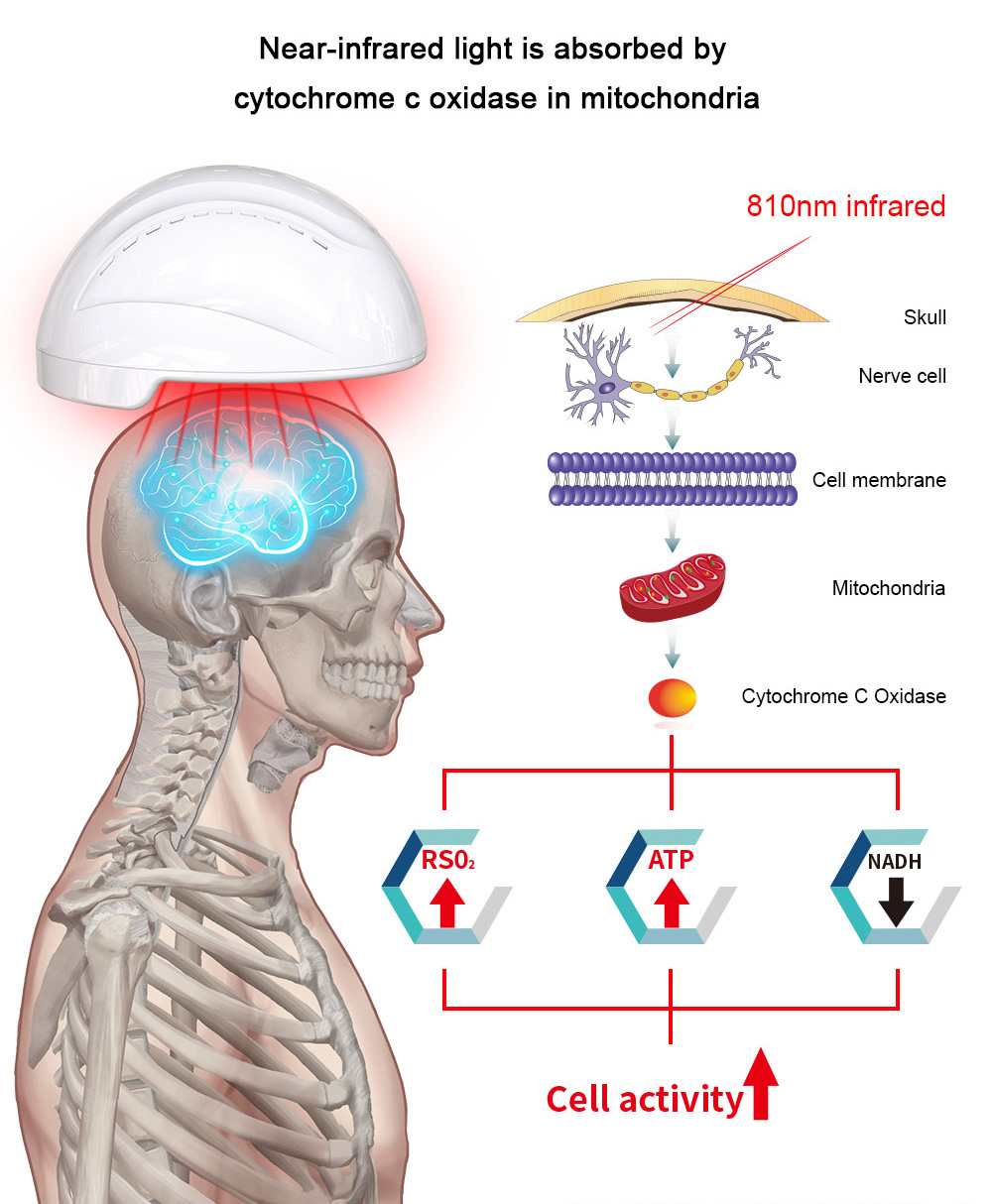
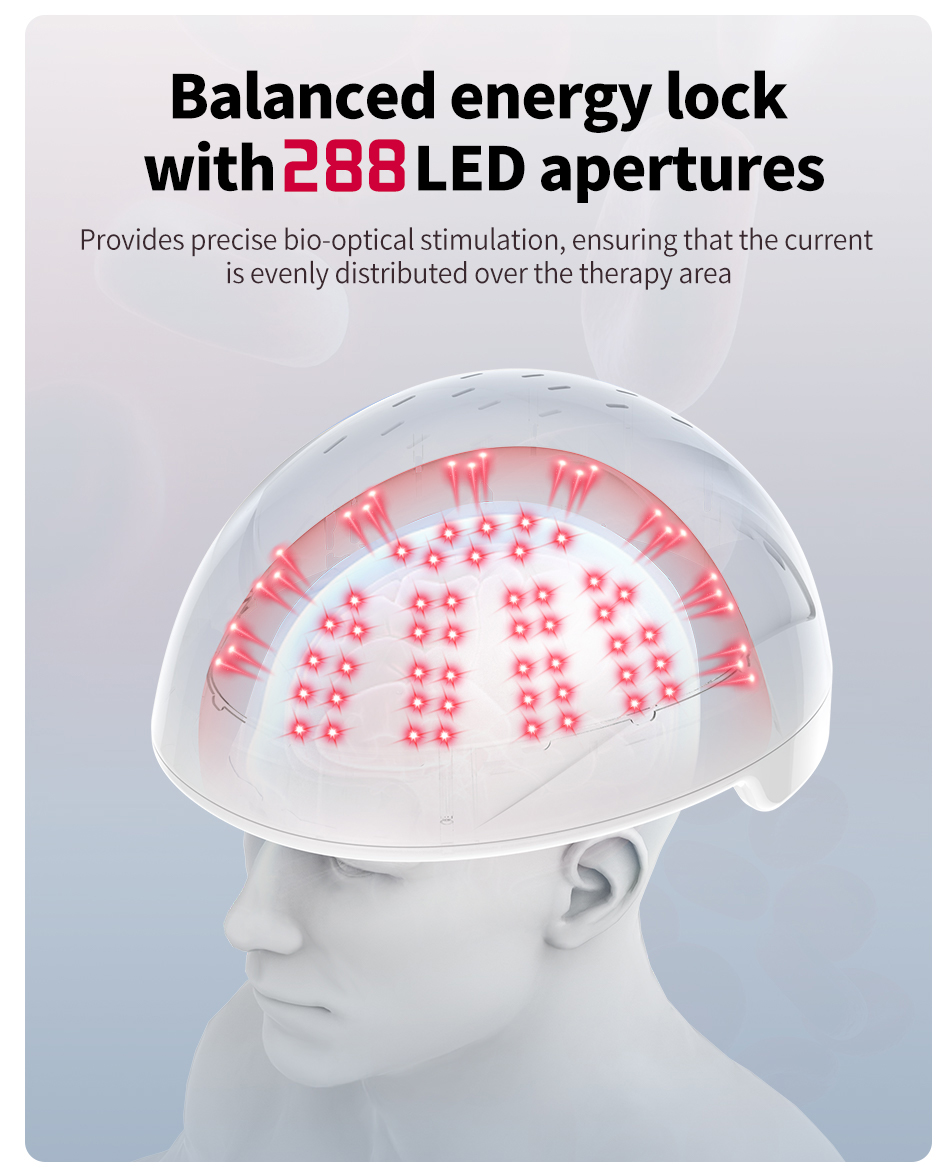
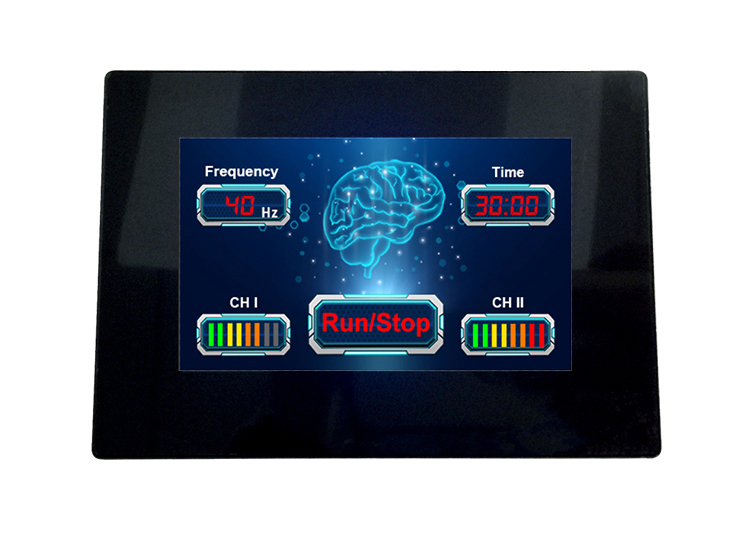
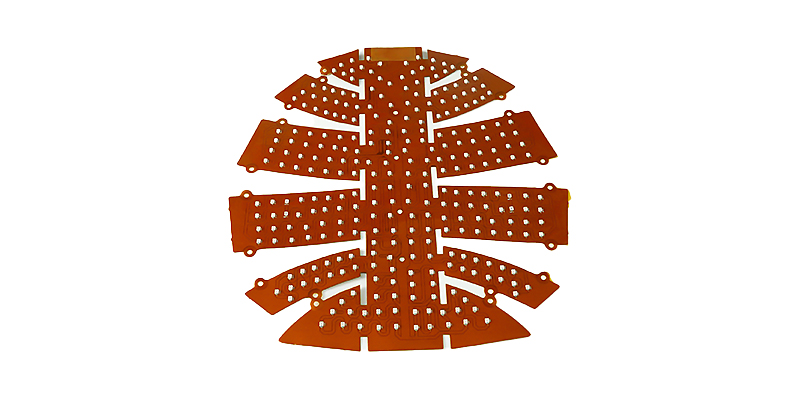

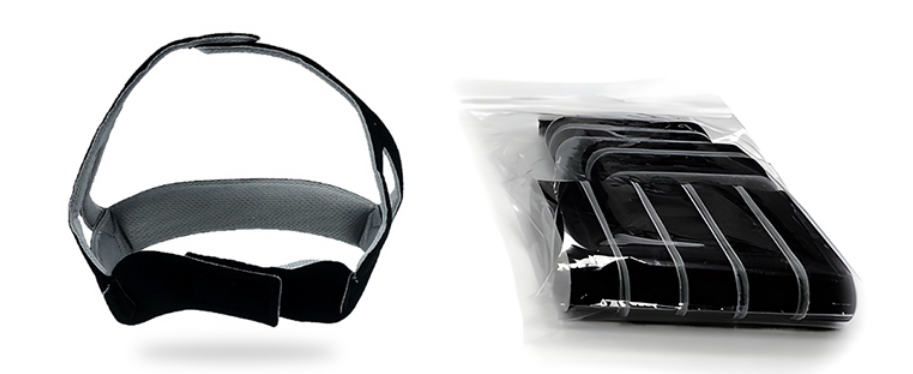

suyzeko –
Body Dynamic solutions LLC has used our 1070nm helmet on Parkinson clients, after 3 weeks, they found that patient’s condition has been improved. another patient with Alzheimers who is 88 years old remember her husband’s name again. it is nice to know that our helmet has helped those people, and we hope our helmet can help more and more people, and give people a confortable life.